Your AI project needs a large language model, but how would you choose between a proprietary or an open-source large language model? Proprietary large language models are powerful and well-optimized. However, they incur a significant cost. As a result, many businesses and developers are shifting towards open-source large language models.

Contrary to what many might believe, open-source alternatives are transparent, easily customizable, and, in fact, lower in cost. This allows businesses and developers to innovate and experiment freely.
More specifically, open-source LLMs offer full data control, privacy, and transparency. They allow customization, require no licensing fees, and can scale cost-effectively. Furthermore, users can modify, use, or distribute them freely (though some models may need prior approval for commercial use).
In this blog, we’ll examine some of the top open-source large language models in 2025.
Table of Contents
What Are Open-Source Large Language Models?
Open-source large language models (LLMs) are AI models whose source code and architecture are freely available for use (without licensing fees), distribution, and modification. They are designed to understand, generate, and manipulate human language.
Here are some of the key characteristics of open-source LLMs –
1. Open Source
The code and model details are shared publicly. This means developers can see how they work and can change or use the code freely without paying any licensing fees.
2. Community Support
They are developed and improved by a global community of contributors, fostering innovation and collaboration.
3. Customizability
Users can fine-tune models for specific datasets, tasks, or industrial domains (e.g., legal, medical, logistics, etc.).
4. Freedom of Deployment
Open source LLMs can be deployed on cloud platforms, local hardware, or edge devices. This implies they offer immense control over infrastructure costs.
5. Data Security
Users can manage sensitive data locally, unlike cloud-based proprietary models.
How Do Open-Source LLMs Differ From Proprietary Models?
| Feature | Proprietary LLMs | Open Source LLMs |
| Ownership | Privately owned by a specific company. | Publicly available for anyone to use, modify, or distribute. |
| Customization | Rigid, limited, or no customization options | Highly flexible; allows greater customization. |
| Security | Runs on the vendor’s infrastructure, may raise concerns regarding data privacy and security. | Deployable on private infrastructure, providing full control over data and privacy. |
| Examples | GPT-3, Claude, models from companies like OpenAI, and Anthropic | LLaMA, BERT, Vicuna, BLOOM, Stable, etc |
| Deployment | Hosted and managed on vendor infrastructure. | Can be deployed on local infrastructure, which can sometimes lead to large workloads, but this can be handled by various cloud services. |
Impact Of Open Source LLMs on AI Research, Business, and Innovation
Open-source LLMs are significantly impacting AI research, business, and innovation in several ways –
1. Higher Innovation
Open-source large language models allow researchers to build upon existing models and experiment with new architectures, thereby helping in AI development.
2. Better Accessibility
Open-source LLMs actively make AI technology accessible to a broad spectrum of users—including institutions, startups, researchers, enthusiasts, and students—by removing barriers and encouraging widespread experimentation and innovation.
3. Avoidance of Vendor Lock-In
Using open-source large language models, businesses can avoid vendor lock-in and maintain control over AI infrastructure.
4. Develop Innovative Solutions
Businesses can develop innovative solutions by providing the foundation for customization and experimentation.
5. Improved Performance and Faster Iteration
Developers fine-tune open-source LLMs for specific tasks, and their collaborative nature further accelerates the refinement and iteration of AI models.
Criteria for Selecting Top Open-Source LLMs in 2025
1. Performance benchmarks
Evaluate the LLM’s ability to generate contextually accurate and relevant responses. Check how efficient the model is in speed, text generation, translation, and summarization, and assess its inference speed for real-time applications.
2. Fine-tuning and deployment flexibility
Determine if the open-source LLM allows fine-tuning for domain-specific nuances and languages. Check if you have various deployment options, such as cloud, edge devices, or on-premise. Additionally, you may want to ensure that the model offers APIs for seamless integration with existing projects.
3. Licensing and Usage Restrictions
It’s essential that the model’s license, such as MIT, Apache, GPL, etc., aligns with your intended use—research, commercial, etc. Also, look for models that follow compliance standards and support secure API access.
4. Security, privacy, and cost considerations
When choosing an open-source LLM, prioritize models that allow secure, local deployment to protect sensitive data. Ensure they support role-based access control and follow compliance standards like GDPR.
5. Real World Use and Adoption
Look for widely adopted models in customer support, content generation, and summarization. High usage means developers frequently update the models, improve documentation, and strengthen third-party integration.
Top Open Source Large Language Models in 2025
1. DeepSeek R1
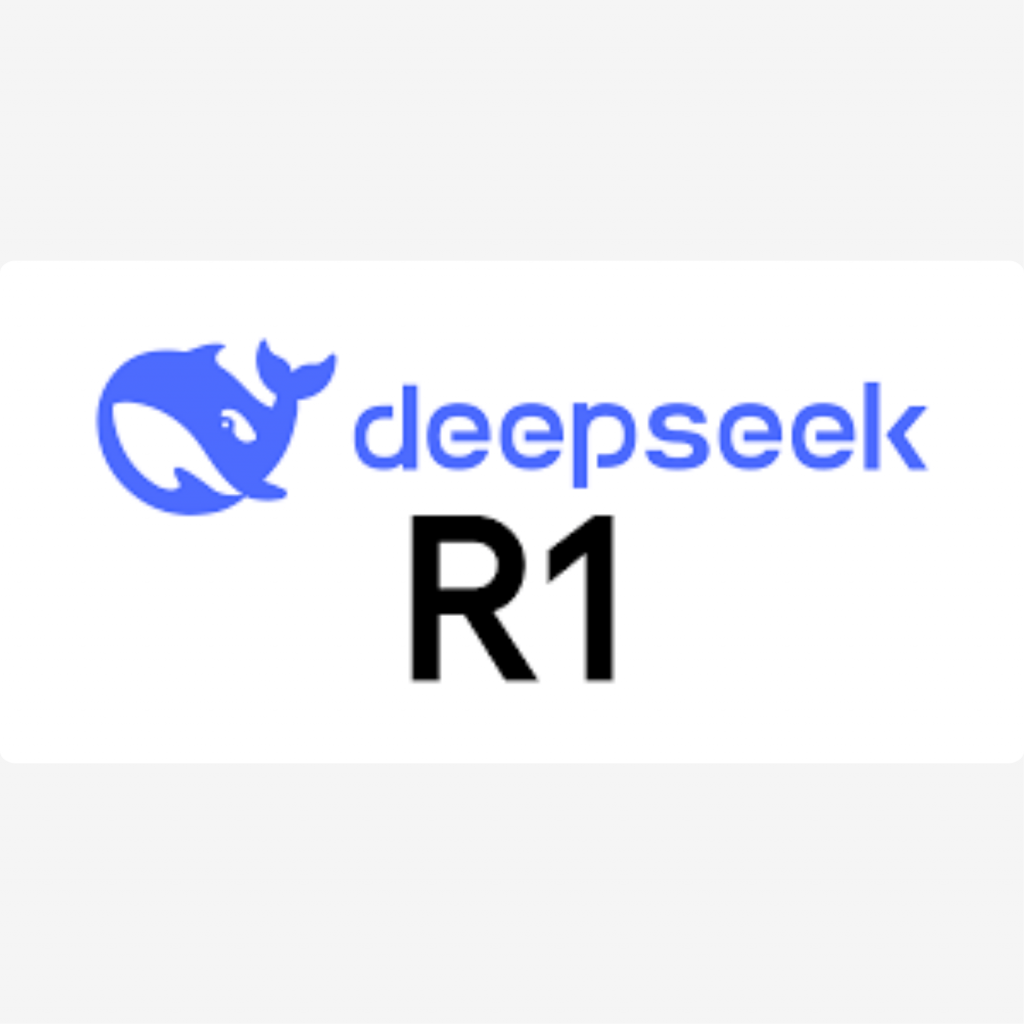
Is an opern source reasoning model developed by DeepSeek A1. It is built to excel in tasks that require mathematical problem solving, logic inference and real-time decision making. It transparently demonstrates how it arrives at conclusions.
Features
- MoE framework activates a subset of the model’s parameters for each query.
- Excels at logical reasoning and complex problem solving.
- Designed for various applications; requires minimal fine-tuning.
- 128K token context window.
- Available in 20 languages.
2. Qwen2.5-72B-Instruct
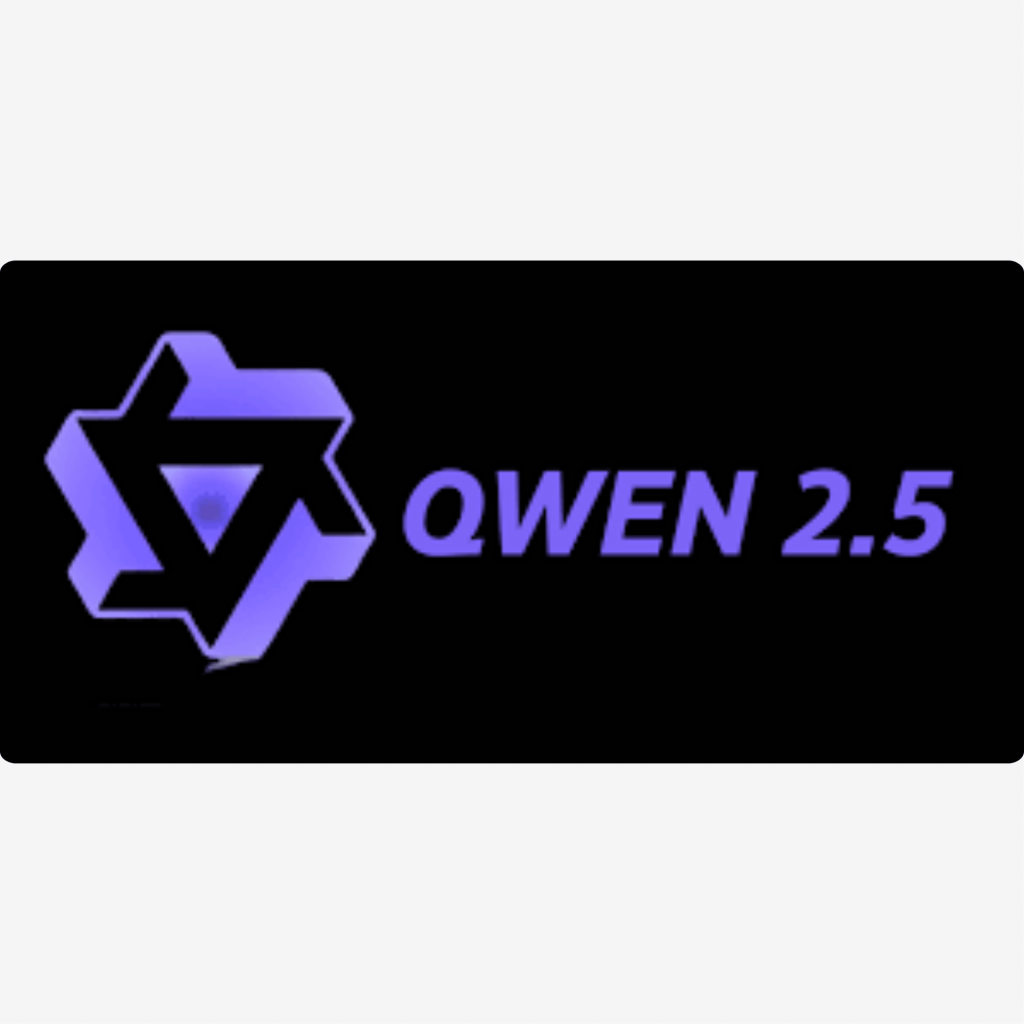
Qwen2.5-72B-Instruct is an open-source large language model developed by Alibaba’s DAMO Academy. It has 72 billion parameters and excels in mathematics, coding, and multilingual tasks. It can understand long contexts (up to 128K tokens) and generate outputs like tokens.
Features
- Offers a massive scale: 70 billion non-embedding parameters and 72.7 billion parameters.
- Available in 29 languages.
- It has strong mathematical reasoning and calculation capabilities.
- Transformers with Attention QKV bias, RoPE, SWiGLU, and RMSNorm.
- Optimized for generating JSON and other structured data formats.
3. Llama 3.3-70 B

Llama 3.3 70B is a text-only instruction-tuned model developed by Meta. It delivers enhanced performance and is available in 70 billion and 8 billion parameter sizes. It delivers impressive capabilities across diverse tasks such as complex reasoning, text summarization, and multilingual language.
Features
- Optimized for performance on consumer hardware.
- Can follow user instructions with greater accuracy.
- It generates synthetic data to address privacy and data scarcity challenges.
- Its large training set and 128K token context make it suitable for long conversations.
4. Mixtral-8x22B
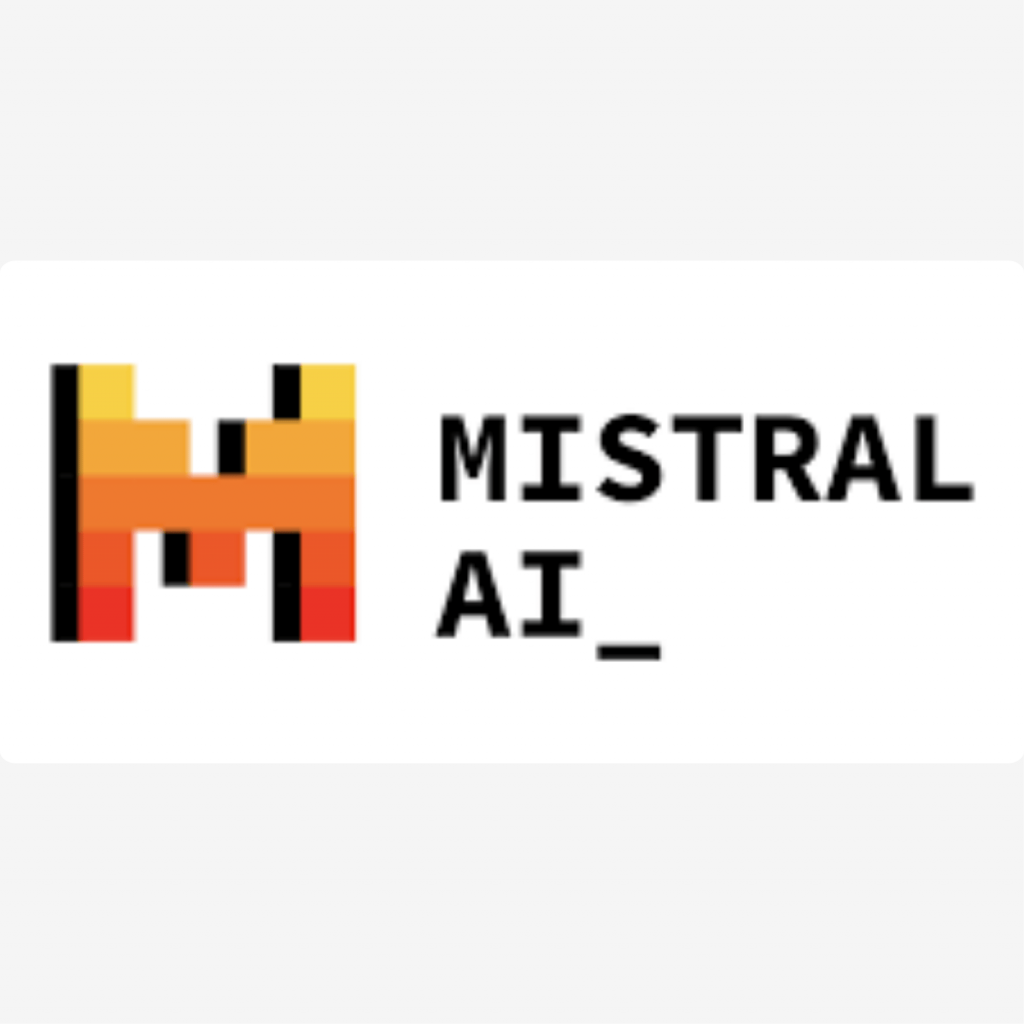
Mixtral-8x22B is one of the best open-source large language models. It is a sparse Mixture of Experts (SMoE). Out of 141 billion parameters, it leverages 39 billion active parameters. It can handle NLP tasks in multiple languages and demonstrates capabilities in coding and mathematics.
Features
- Supports software development and complex problem-solving tasks.
- Proficient in French, English, German, Italian, and Spanish.
- Natively capable of function calling. This enables application development and tech stack modernization at scale.
- 64K tokens context window for recalling precise information from large documents.
5. Gemma

Developed by Google, Gemma 2 is one of the best open-source large language models optimized for question answering, reasoning, and summarization. It runs at high speed across different hardware platforms and integrates seamlessly with popular AI tools.
Features
- FP8 quantized version reduces GPU memory requirements and disk size by almost 50%.
- Requires minimal resources.
- Competitive performance with a 9 billion parameter model.
- Adheres to complex instructions with high precision.
6. Phi-4

It is a state-of-the-art open-source large language model that builds upon data from filtered public domain websites, synthetic datasets, acquired academic books and Q&A datasets. It has undergone a rigorous alignment and enhancement process to ensure robust security measures and precise instruction adherence.
Features
- Comes with a 14 billion parameter dense decoder-only transformer model.
- Can run on consumer hardware with minimal resources, edge computing, and resource constraints.
- High efficiency; high performance to size ratio.
- Excels in tasks that need strong reasoning capabilities.
7. Stable LM 2
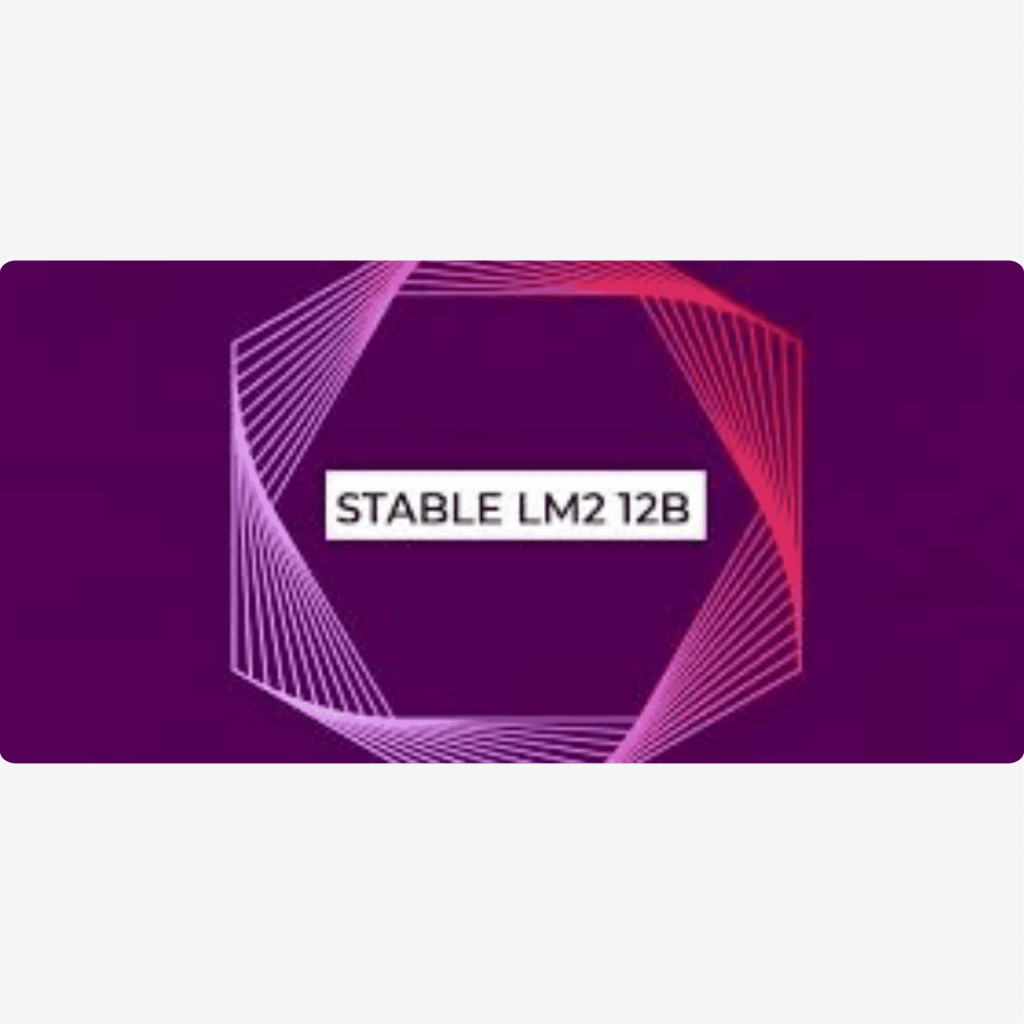
Stable LM 2 is a series of open-source large language models developed by Stability AI. These models are small and lightweight but offer strong performance, especially in multilingual scenarios. They come in two variants: 1.6 billion parameters and 12 billion parameters.
Features
- Stable LM 2 1.6B Outperforms some larger models on certain benchmarks.
- The 1.6B is easier to run on various hardware, including laptops, encouraging broader developer participation.
- The 12B model includes an instruction-tuned variant, which further enhances its conversational abilities.
- The 12B chat model supports function calling, allowing interaction with external tools and services.
8. Grok 3

xAI’s newest language model delivers 10 times the computational power of its predecessor. Designed for advanced problem-solving, it introduces tools like Big Brain Mode and DeepSearch to tackle complex tasks with step-by-step reasoning.
Features
- Step-by-step reasoning with source documentation.
- 100,000 Nvidia H100 GPUs for faster processing.
- Outperforms other models in its class when it comes to processing logical tasks.
- Solves multi-step problems, like large data analysis.
9. LLaMA 2
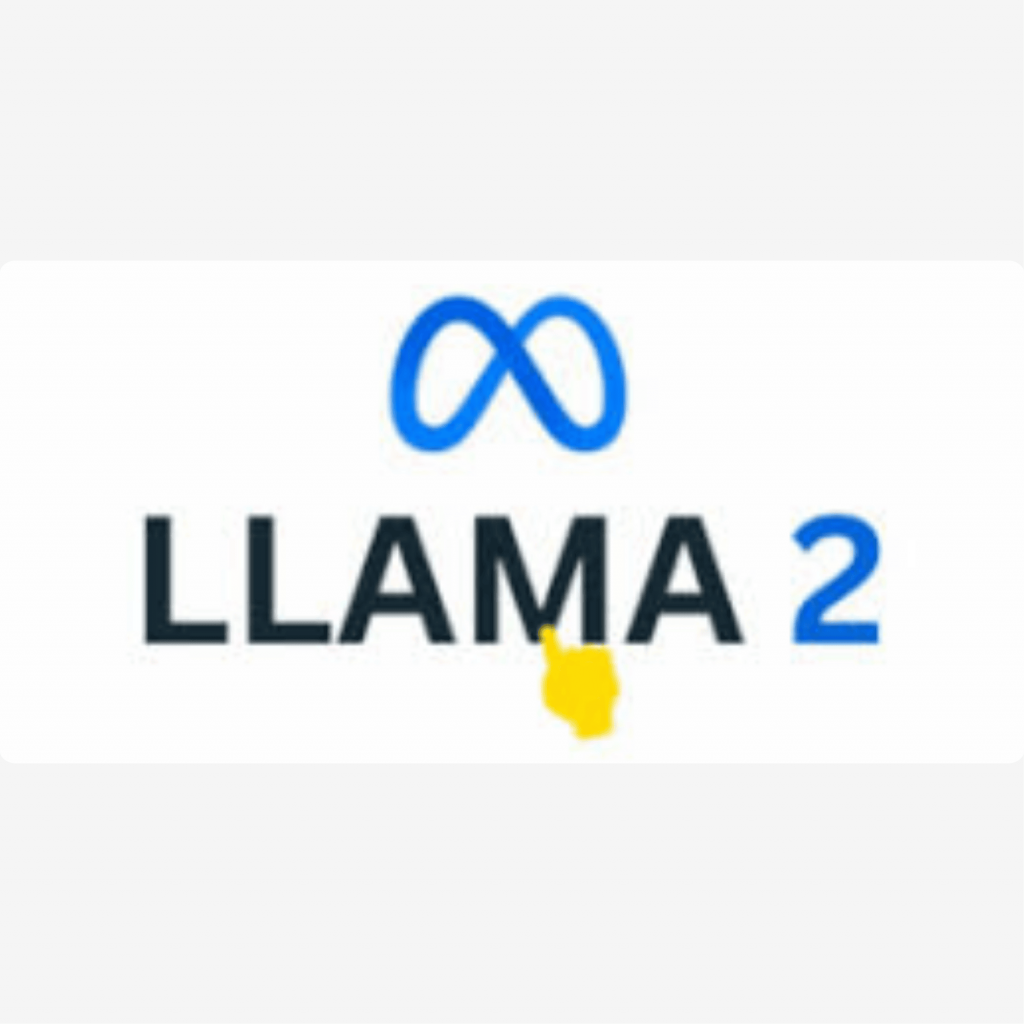
Developed by Microsoft and Meta AI, Llama is trained on online data sources available publicly. The pre-trained and fine tuned large language models are capable of variety of NLP tasks such programming codes, generating texts, etc. as compared to Llama 1, Llama 2 offers a context length of 4096 tokens.
Features
- Uses attention mechanism to understand relationships and context between textual sequences to generate relevant responses.
- The model can understand longer sequences, processing longer documents and generating better summaries.
- Can grow as needed; comes in three sizes – 7, 13, and 70 billion parameters.
- Excellent few-shot learning capabilities.
10. BLOOM
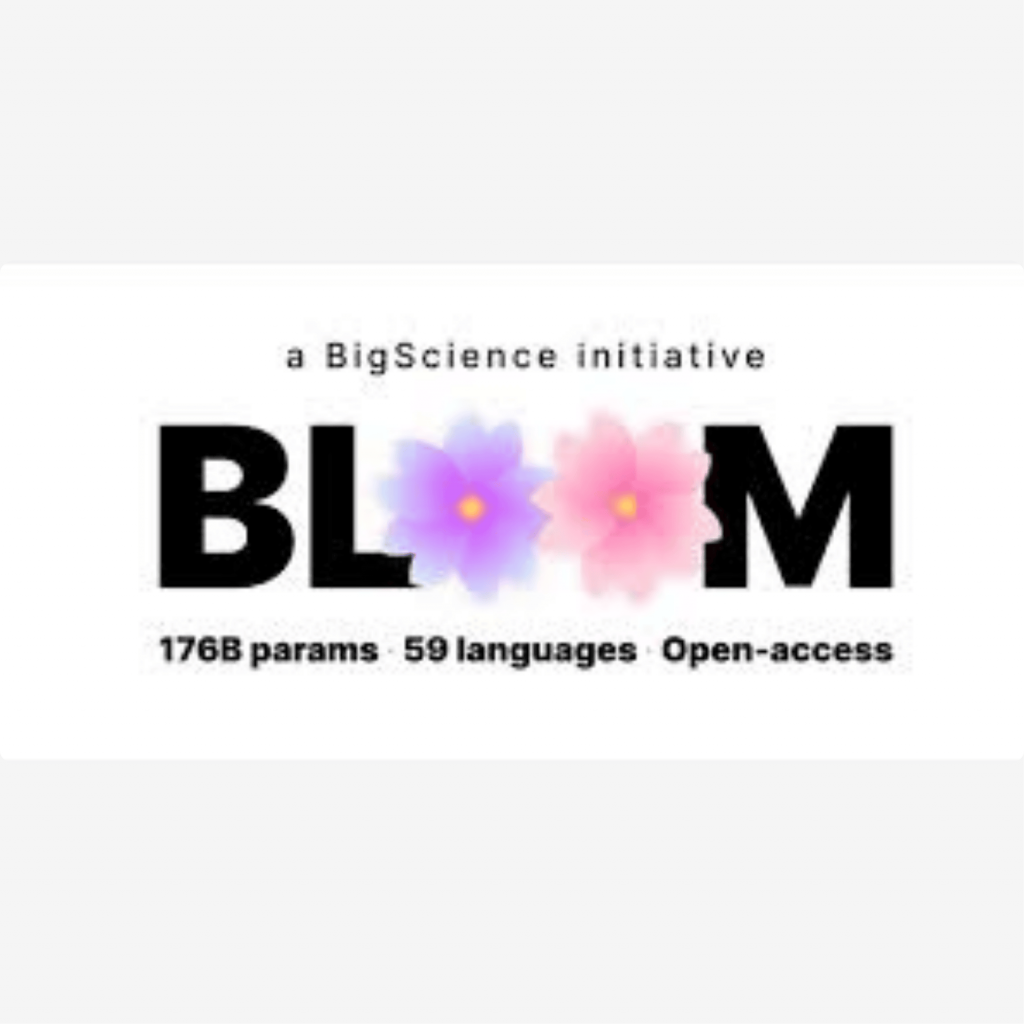
Bloom is an autoregressive LLM developed by Big Science that is trained on vast datasets. It can continue text from a prompt using industrial-scale computational resources. It boasts 176 billion parameters and helps in text summarization, classification, embedding, and semantic search.
Features
- Ethical communication and cultural sensitivity.
- Provides accurate and coherent text in 13 programming languages and 46 languages.
- Available under the Responsible AI License. Allows institutions and individuals to use and build upon the model.
- It can easily be integrated into applications via the Hugging Face ecosystem.
11. Falcon 180B

Falcon 180B is an open-source large language model released by the Technology Innovation Institute of the United Arab Emirates. It is being trained on 3.5 trillion tokens and 180 billion parameters. It has a proven track record of outperforming LLMs like LLaMA 2 and GPT-3.5 in various NLP tasks.
Also read: The Best LLMs of 2025
Features
- Impressive computing power.
- Freely available for research and commercial use.
- High-performance LLM model.
- Offers multi-query attention to enhance efficiency and scalability.
12. XLNet

It is a pre-trained language that leverages a generalized autoregressive approach. It employs permutation language modeling to capture bidirectional context by training on all possible permutations of the input sequence.
Features
- Trained on permutation language modeling objective; considers all sequence permutations during the training stage.
- State-of-the-art results on various downstream tasks.
- Transformer-XL architecture excels at handling long sequences.
- Can learn bidirectional context without the need for masking.
13. OPT-175B
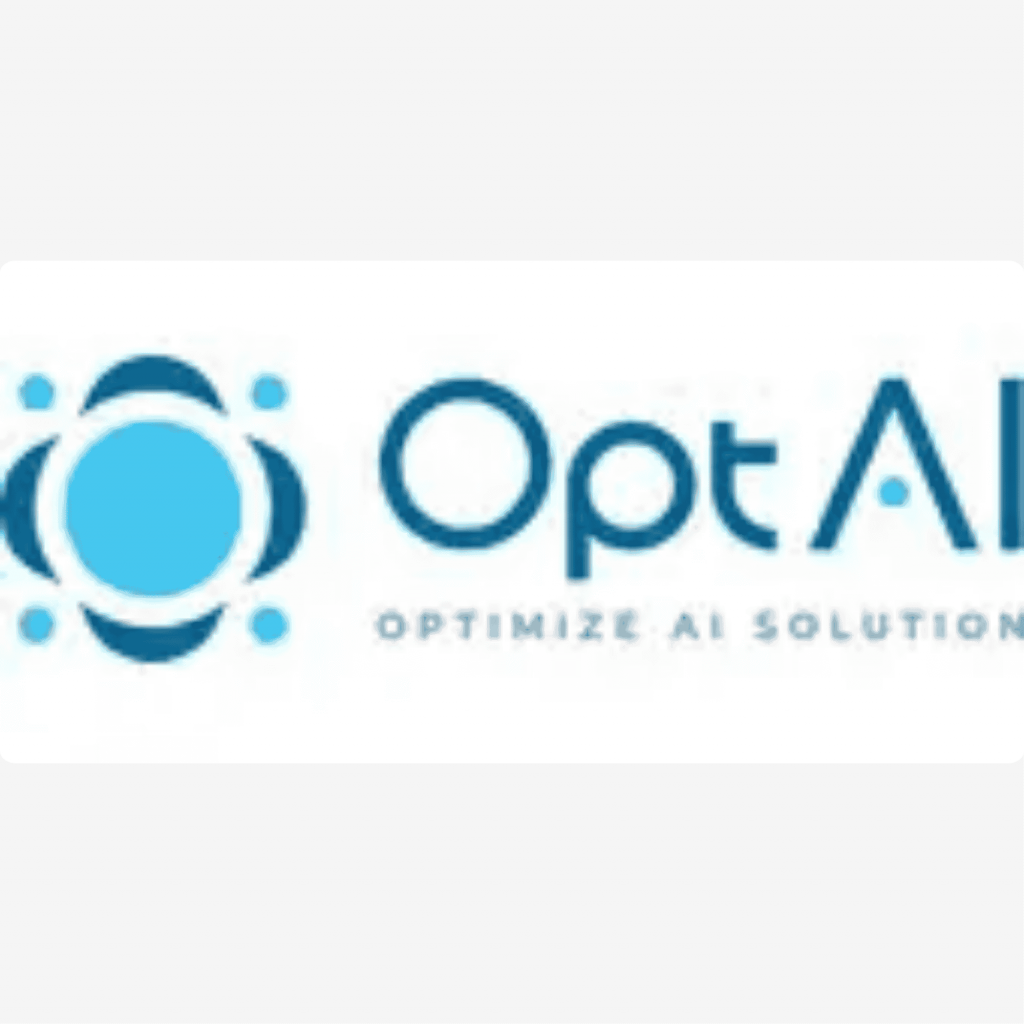
It is a decoder-only pre-trained open-source large language model with 175 billion parameters. It is designed for tasks like text prompting, generation, and dialogue, and demonstrates performance comparable to large language models like GPT-3.
Features
- Architecture focuses on generating text sequentially.
- The model is trained on causal language modeling; it can predict the next word in the sequence.
- It can be used in prompt-based NLP tasks.
- Perform well in zero-shot and few-shot learning.
14. XGen-7B

XGen-7B is a large language model developed by Salesforce AI Research. It is suitable for tasks requiring moderate context size and is licensed under Apache 2.0. These models are designed for long sequence modeling and can handle longer text input and output.
Features
- Comes in 4K and 8K token strength.
- It supports longer context windows than many open-source LLMs.
- It can generate high-quality summaries of input text.
- Trained on 1.5 trillion tokens using Salesforce’s JaxFormer library.
15. Vicuna 13-B

It is an open-source chatbot model developed by fine-tuning LLaMa on user-shared conversations collected from ShareGPT. It is designed to be a high-performance chatbot with impressive capabilities that can be compared to other models like Alpaca or LLaMA.
Features
- Superior language generation and understanding.
- The model can be deployed through APIs, making it easy to integrate into existing systems and easy to access.
- Ability to handle longer and complex documents and conversations.
- Quantization helps reduce the model’s memory footprint.
The Advantages Of Using Open-Source LLMs
Whether building a chatbot or automating content, open-source LLMs give you complete control and customization. Here are some key advantages of using open-source large language models for various business and development needs –
1. Accessibility
As the name suggests, open-source large language models offer users complete control over how the model behaves. They allow researchers, developers, businesses, and other users access to all aspects of their operations.
2. Language Model Customization
Open-source LLMs allow developers to optimize them for specific use cases and tasks. This means users can fine-tune models for particular applications, leading to optimum performance and tailored output. Customization also helps improve the efficiency of LLM-powered applications.
3. Cost-Effective
LLM large language open source models eliminate licensing fees and are typically free to use. The low cost allows businesses and startups to focus their budget on fine-tuning the model, training it, and on necessary infrastructure.
4. Reduction In Vendor Dependency
Unlike proprietary large language models, businesses can reduce their reliance on a single vendor by embracing open-source LLMs. This helps avert the risk of vendor lock-in, i.e., dependence on one provider’s pricing, platforms, and rules, and fosters adaptability.
5. Versatility
Open-source LLMs are adaptable for diverse tasks like content creation, sentiment analysis, and chatbot development. Additionally, they can be fine-tuned and optimized to meet the needs of a specific industry ot domain, enhancing their utility.
6. Ethical Transparency
Open-source large language models are critically evaluated by different people, who further identify and eliminate biases in language processing tasks. This helps bring fairness to all users regardless of their diversity. Also, open-source communities follow strict measures like regularly updating patches to ensure user data integrity and privacy.
7. Innovation Acceleration
The models foster an environment where researchers, experts, and developers can build upon each other’s work. They actively contribute to the resolution of issues and access to valuable resources. Open-source large language models are also suitable for experimentation and rapid prototyping, letting developers explore different ideas and solutions quickly.
8. Community Support
Researchers, developers, and hobbyists help introduce unique perspectives on LLM projects. Furthermore, the community scrutinizes all submitted code and enforces high standards for any code changes. This improves the dependability and robustness of LLMs through rigorous reviews before they enter the public domain.
Getting Started with Open Source LLMs
Getting started with open-source large language models is straightforward. To help you get started, we’ll discuss the platforms from which you can download LLM models. Plus, we’ll also have a look at some useful tips for fine-tuning and deployment, and some best practices on using the models responsibly and safely –
Where to find and download models
Open-source Large Language Models (LLMs) can be found and downloaded from various platforms. Some popular ones include Hugging Face, Ollama, GitHub, LM Studio, GPT4All, and Awesome-LLM.
Tips for fine-tuning, deployment, and integration –
- Choose a pre-trained model that aligns with your task to minimize fine-tuning and demonstrates minimum biases.
- Carefully tune hyperparameters to balance model stability and training speed.
- Freeze earlier layers of the model to reduce training time and preserve foundational knowledge.
- Continuously evaluate the model’s performance on validation data.
- Integrate a fine-tuned model into your application using an optimized API.
- Consider using Kubernetes and containerization for streamlined scalability and deployment.
Best practices for responsible and secure use –
- Use methods such as weight decay and dropout to prevent overfitting and improve the model’s generalization capabilities.
- Encrypt training data and model weights against unauthorised access.
- Conduct regular audits of training data to identify and remove security vulnerabilities.
- Use techniques like LoRA that allow efficient fine-tuning and add trainable low-rank matrices to the model.
- Secure endpoints or APIs with strong authentication protocols.
How To Implement Open-Source LLMs
1. Environment setup
Setting up the environment involves creating a virtual environment and installing necessary libraries like transformers and torches. Optionally, you can set up a GPU environment for faster inference if your chosen model requires it.
2. Model selection and loading
In this stage, choose a model that aligns with your business. We have already listed some of the top open-source LLMs and the criteria based on which you can select the open-source model. We have also mentioned the various platforms from which you can download and deploy the open-source models.
3. Basic inference
After loading the model, you can generate text from input prompts using simple inference code. You can tokenize it, feed it into the model, and decode the output tokens.
Tap Into The Power of AI With LLM Experts
Why Should You Partner With Experts?
While open-source large language models offer freedom and flexibility, developing and deploying them requires significant technical expertise. Managing these complexities in-house may not always be feasible for many businesses, especially those focused on their core operations.
Who To Choose?
If you are in that position, you can partner with a large language model development company. A3Logics, for instance, offers large language model development services tailored to meet your industry-specific needs.
Here are some reasons why you should choose A3Logics to develop and deploy open-source large language models –
- As a leading AI development company, A3Logics provides cutting-edge AI services, including AI consulting, and seamlessly integrates them into existing workflows.
- Use open-source LLMs to generate AI-powered apps to meet industry-specific needs.
- Using A3Logics’ expert LLM development services, businesses can build transparent and ethically responsible models.
- They are experts in developing applications such as translation systems, customer support chatbots, code generation assistants, search tools, etc.
Conclusion
As a business that intends to build flexible, cost-effective custom generative AI solutions, open-source LLMs offer great control and customization as compared to proprietary LLM models. You can fine-tune these models as per your needs and deploy them securely on your own infrastructure, and the best part is that you can scale the LLMs without any licensing fees.









